| The following example of
resin bonded gravel was carried out to demonstrate the ease of application
and the aesthetic properties that are produced using this easy to apply
system. A materials list is provided at the bottom of this page. This system is NOT recommended where the base doesn't have adequate falls to ensure escape of water, if the base holds puddles during rainfall then do NOT use this system as frost damage may result. Our scattercoat system is more suited to areas prone to hold water. GRAVEL SIZES: The size of gravel used determines the strength of the bonded surface...the smaller gravel size equals a stronger bonded surface, for vehicular areas like driveways a 1-3mm gravel is recommended, in some cases a mix of 1-3mm and 2-5mm can be used. Walkways paths, patio and garden areas etc can be laid using 2-5mm gravel. Tree pits etc can utilise larger gravels. |
|
| The area was first brushed to get rid of any loose debris, then marked out using string lines, the plastic formed angle bead was attached using STEVENS own brand glassfibre bridging compound onto the primed (using G-fix primer) lines, alternatively masonry nails or screws could have been used, in many applications these wouldn't be required as edging bricks etc usually form the perimeter. | 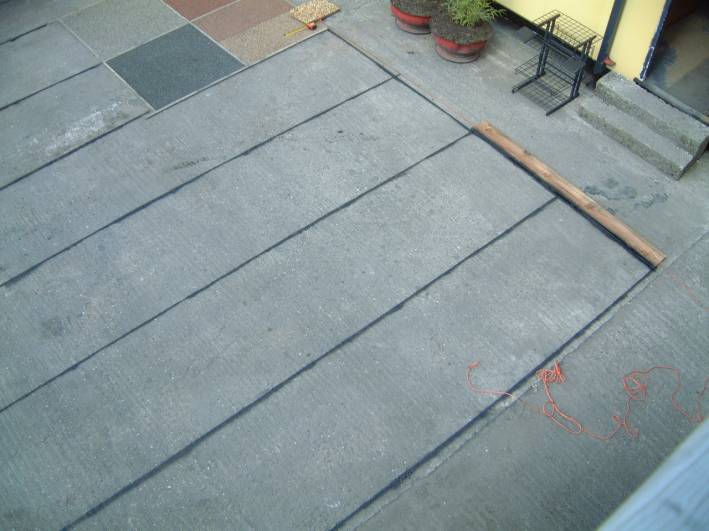 |
| Gravel bonded resin can be
used in many types of applications including: Footpaths, Driveways,
Tree-pits, Cycle paths, Roads, Patios, Pool surrounds, etc. Can be applied to many surfaces including: Concrete, Asphalt, Wood, Compacted MOT stone, etc. Benefits include: Low-Maintenance, Non-Slip, Wheelchair & Pushchair friendly, Logo incorporation, Easy clean, Long lasting, Very hardwearing, Very attractive aesthetically, etc. |
|
| The lettering was constructed from the plastic angle, however this could be substituted using plywood/MDF blanks in which case they would remain in the structure until the surrounding gravel had cured (24 hours) they can then be removed and contrasting colour gravel applied. | 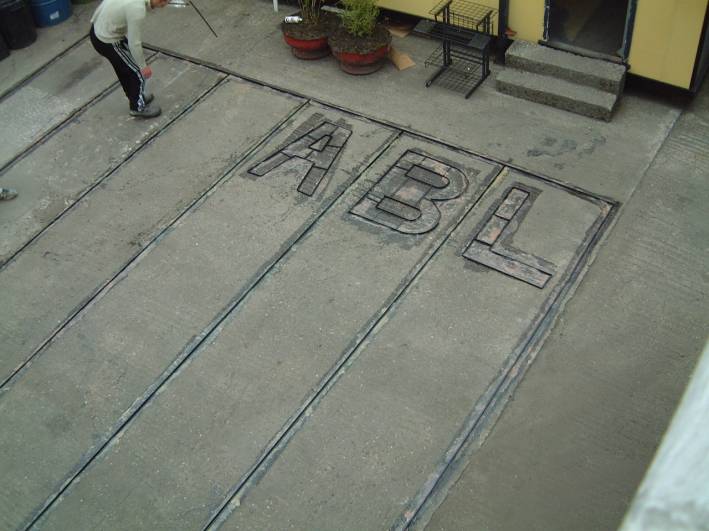 |
| Prime area first and allow
to become tacky, approx 30 minutes. Using a Bell type mixer introduce
50 kilos of gravel then pour in 3 kilos of thoroughly blended G-fix
resin/hardener mix. When the gravel is fully wetted out distribute in
the area and trowel down to achieve the flat surface, white spirit can be
used to stop gravel sticking to the trowel. NOTE: Ratio of resin mix to gravel indicated is around 6% by weight which normally allows full and complete wetting out. However, due to the variation in porosity of some gravels it is recommended a trial area be tested to determine quantities required. On many flint type gravels the mix ratio can be reduced to approx 4% where 3 x 25kg bags of gravel to a 3kg g-fix kit. (again testing is recommended). |
|
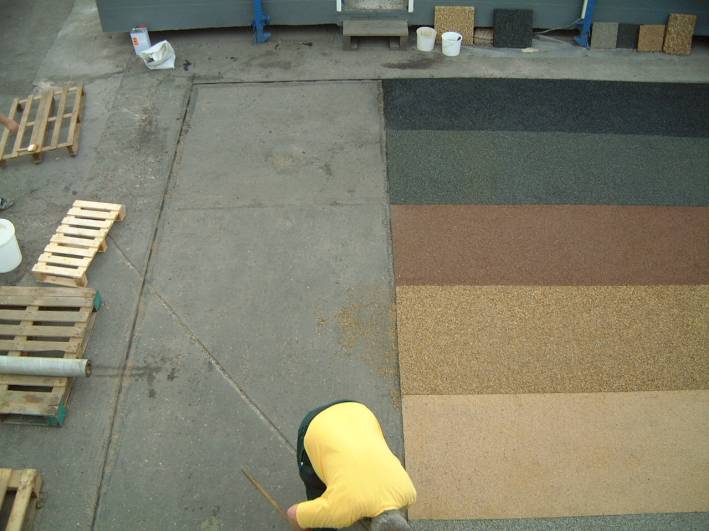 |
|
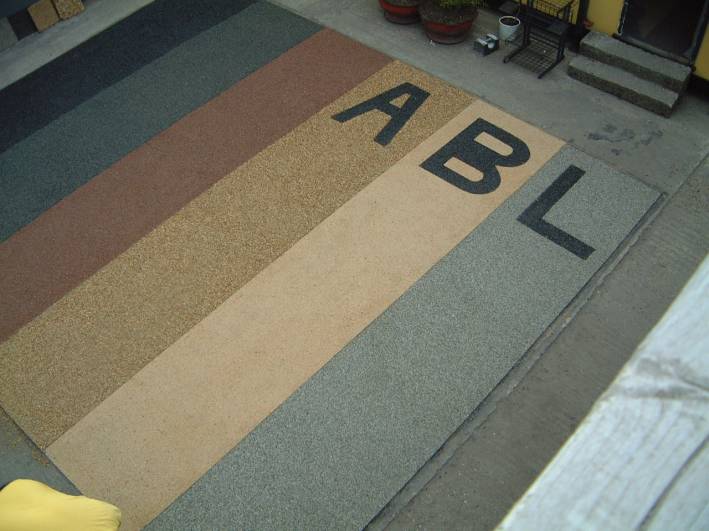 |
|
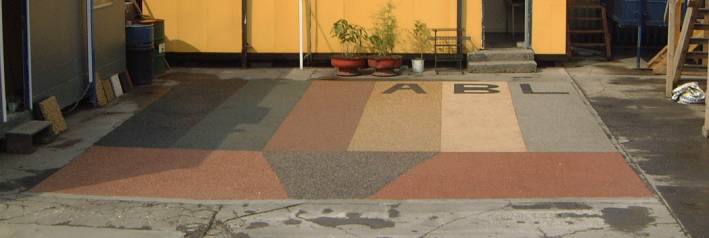 |
|
|
|